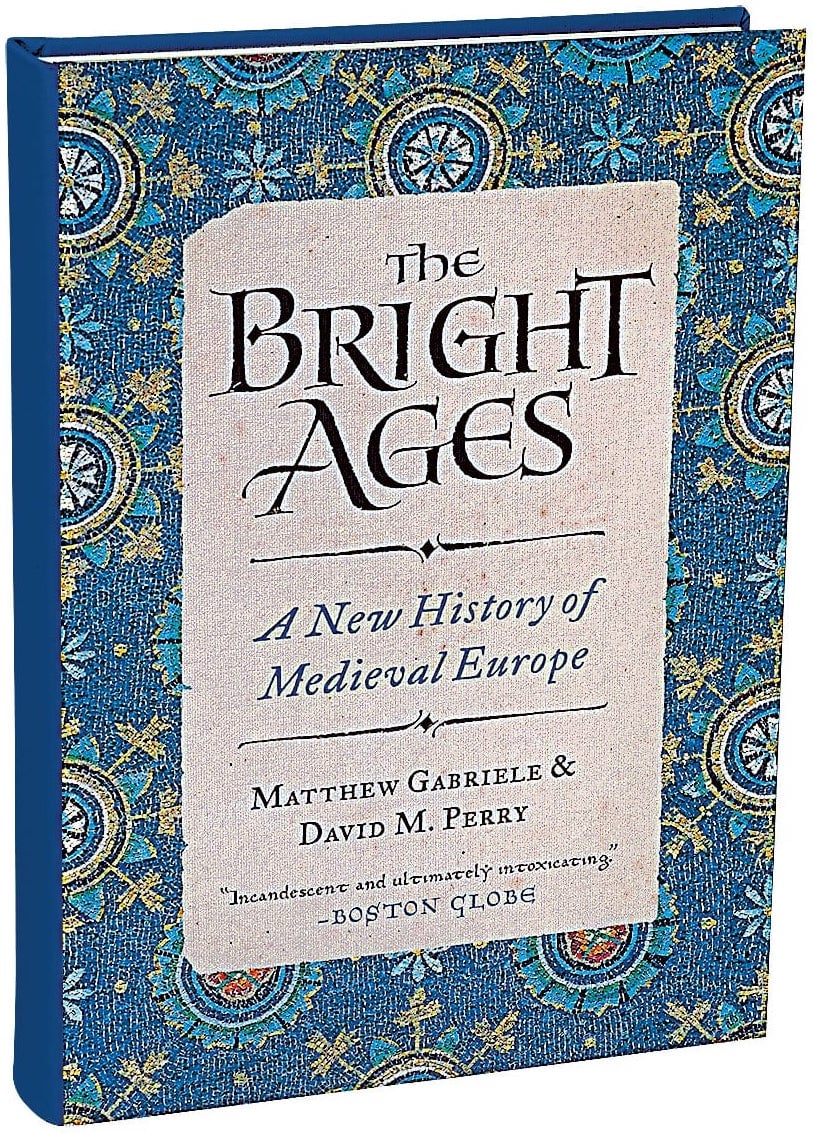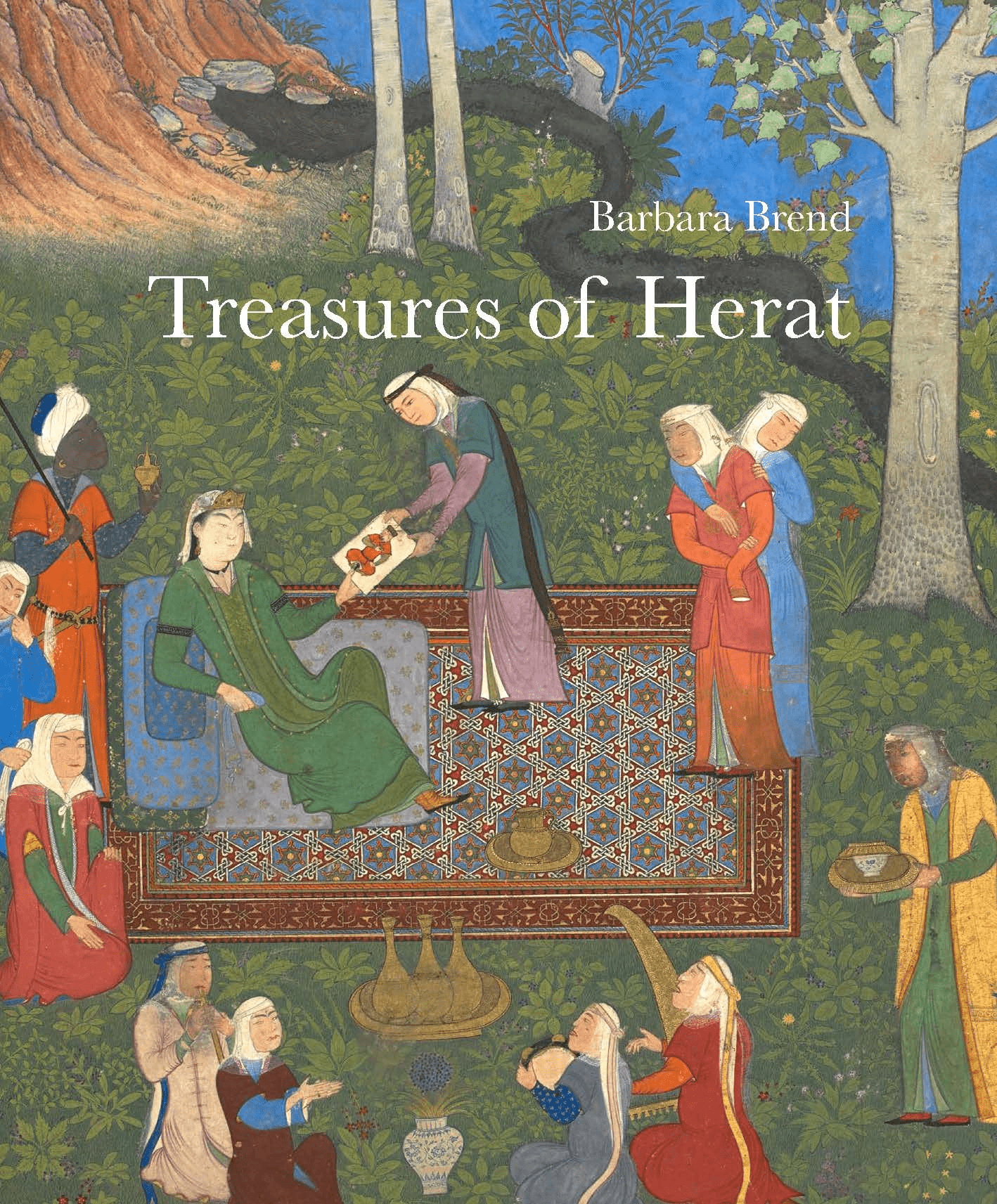
The Bright Ages: A New History of Medieval Europe
Tom Verde
Matthew Gabriele and David M. Perry
Harper Collins, 2021.
"[The story of the 'Dark Ages' and an isolated, savage, primitive medieval Europe continues to pervade popular culture. It was never true, and yet the myth's development and survival has done much harm across the centuries."
-From The Bright Ages: A New History of Medieval Europe
You may also be interested in...

British Library’s 500-Year-Old Nizami Manuscripts Shed Light on Power of Art and Poetry in 12th-Century Herat
Persian and Mughal scholar and specialist Barbara Brend presents a comprehensive study of one of the most highly esteemed works of Persian Literature.Rome and Persia The Seven Hundred Year Rivalry